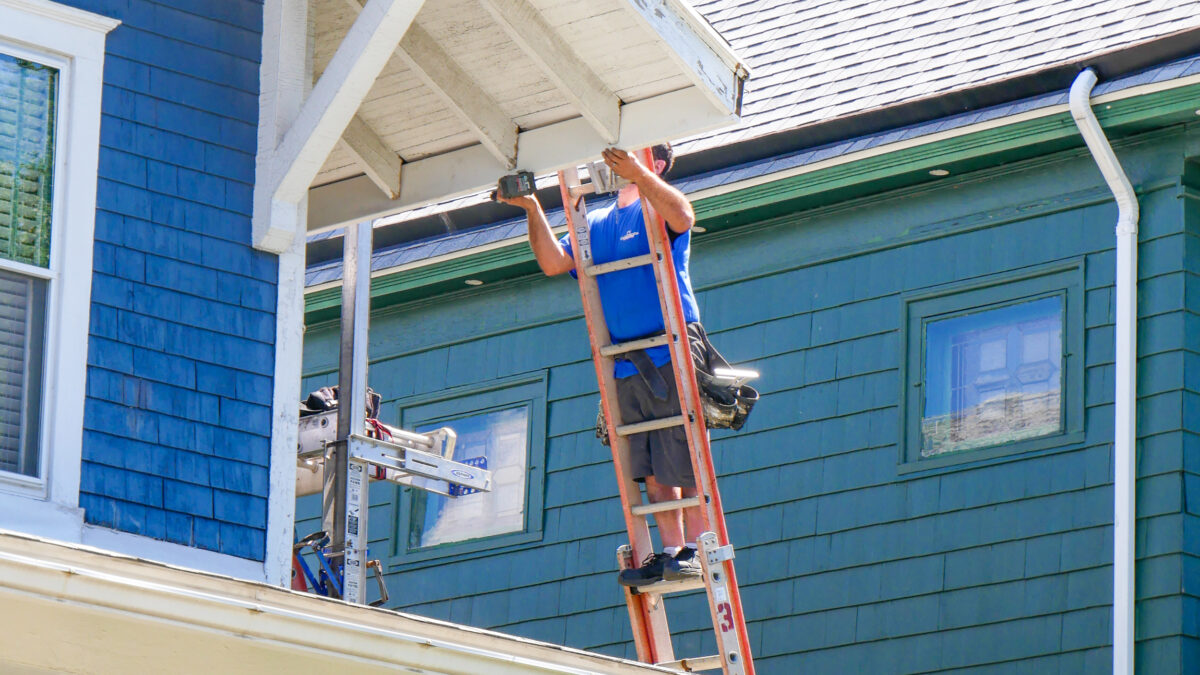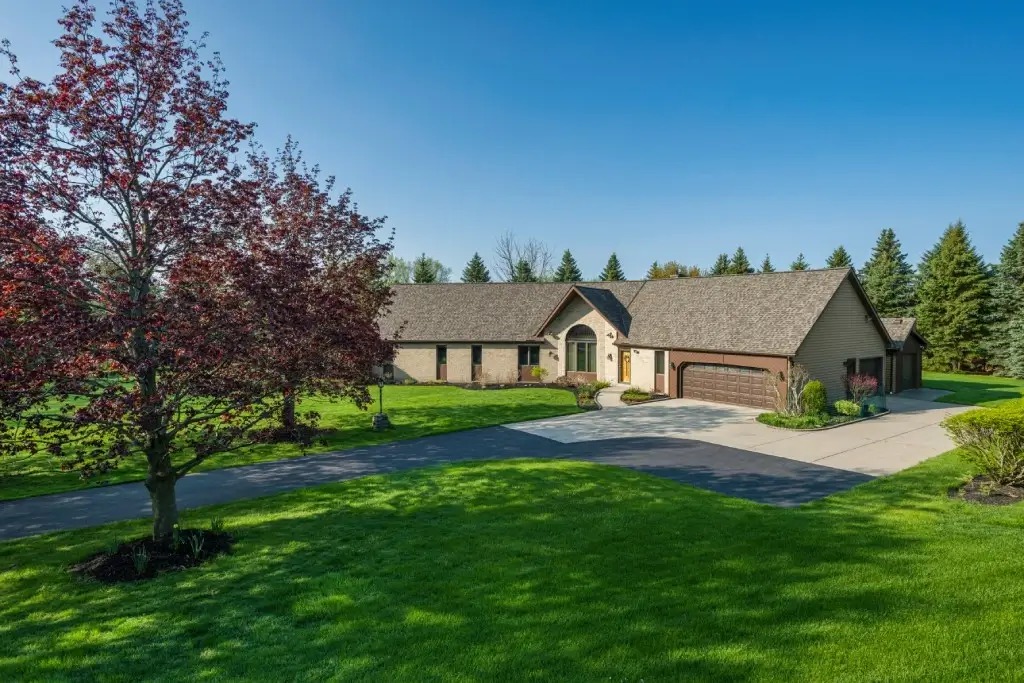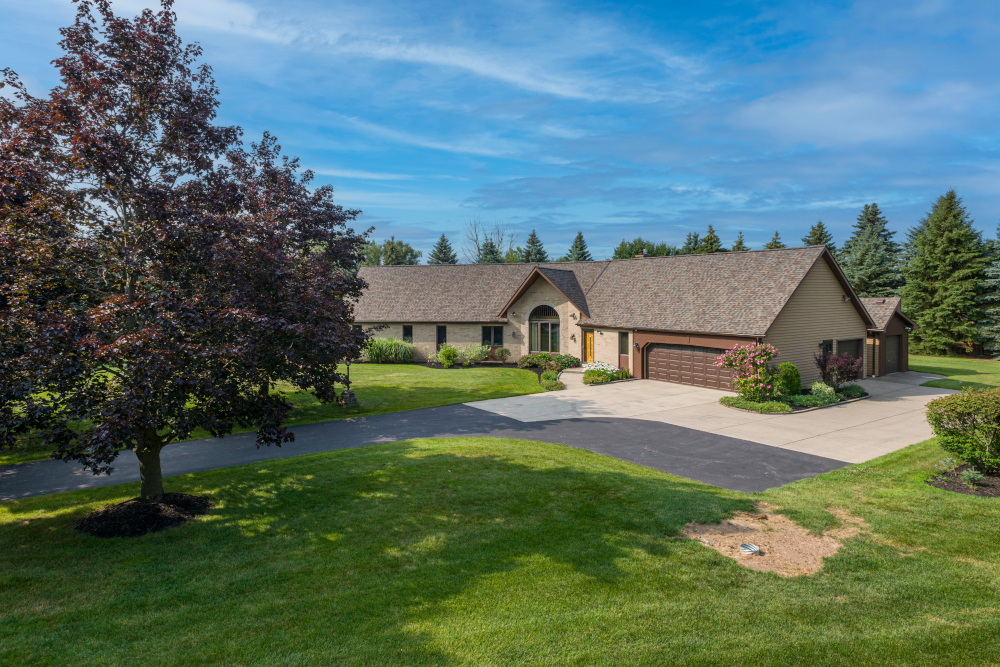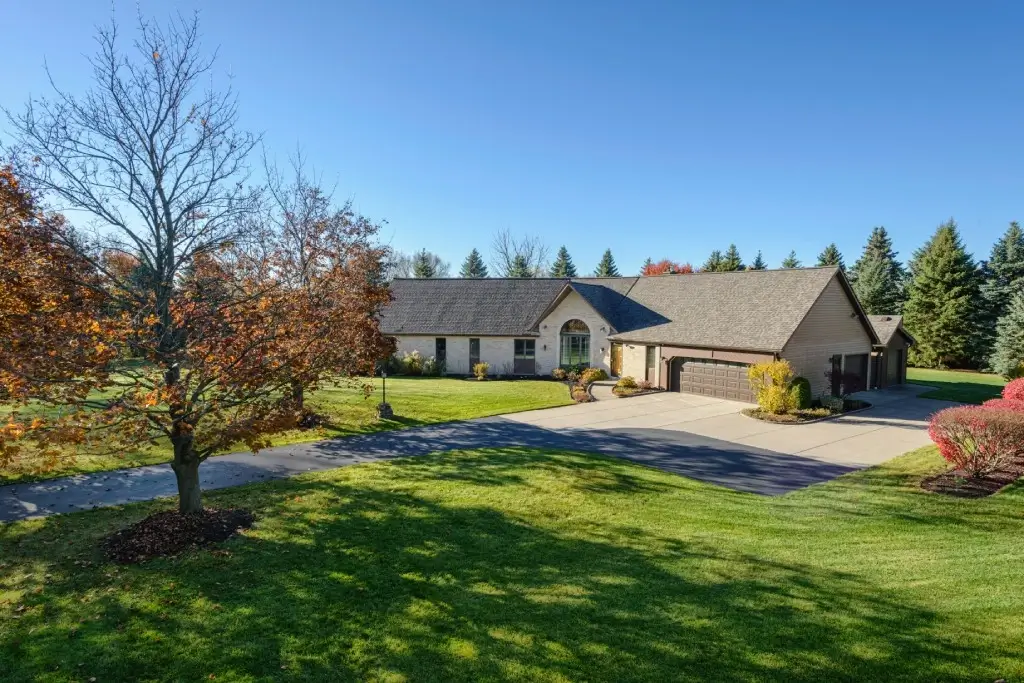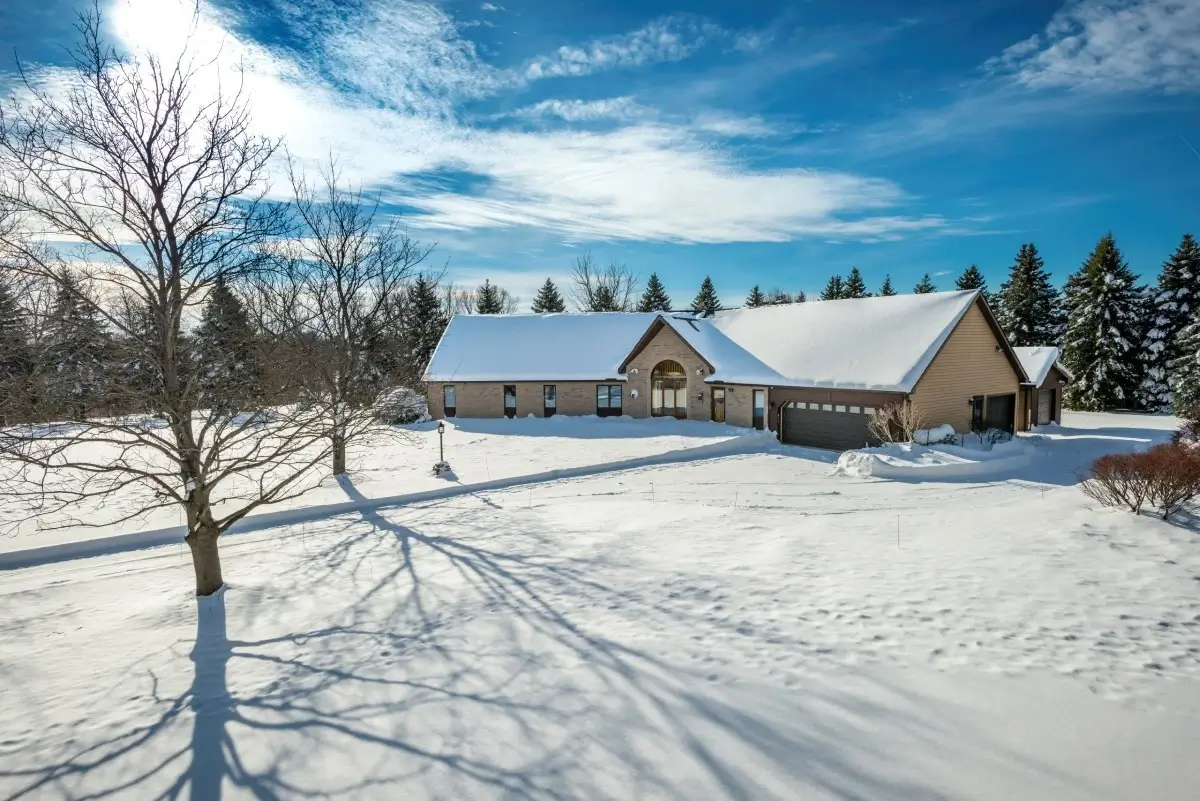If you’re planning on hiring a contractor to repair or replace an existing roof, you’ll likely hear them use a lot of industry-specific terms. While you can certainly ask for clarification, it might be helpful to have an understanding of the terminology yourself.
After all, your roof is an integral part of your home. Not only does a good roof protect you and your family from the elements, but it also plays a significant role in the value of your home. Consequently, it’s important to fully understand what your roofing contractor is talking about and be able to make informed decisions about your roof.
To help you out, we’ve put together a comprehensive guide that explains some of the most common roofing terms. Read on to become an expert in roofing terminology.
Shingles
Shingles are the most common type of roofing material and are typically made of asphalt. They come in a variety of styles, colors, shapes, and thicknesses and can be used to create an attractive roof with excellent water resistance. Asphalt shingles are also generally easy to install and relatively inexpensive compared to other types of roofing materials.
Shingles should be installed in overlapping layers, starting at the bottom of the roof and working up. This ensures that water runs off the roof without penetrating any of the seams.
Roof Ridges
The ridge is the highest point of a sloped roof and is formed when two sections meet at an angle. This can be a single horizontal line or multiple peaks, depending on the type of roof you have. Roof ridges are covered with specially designed ridge caps that are made to fit securely and blend in with the roof’s aesthetic.
The purpose of a ridge cap is to cover and protect the joint between these two sections of roofing material. In addition, it helps ensure water runs off both sides of the roof without penetrating any of the joints.
Valleys
A roof valley occurs at the point where two sections of the roof come together and form a “V” shape. If the roof is particularly long, there may be multiple valleys across its length. The purpose of a roof valley is to direct rainwater and debris into the gutter system.
Valleys can be constructed in a variety of ways. However, they are typically covered with metal flashing that is specially designed to fit the profile of the roof and shed water away from the home. This flashing should be installed carefully to ensure it is watertight and won’t allow moisture to penetrate the roof.
Eaves
Another important roof term to know is the eave. This is the part of the roof that overhangs the home. The eaves protect the siding and foundation of your home from snow, rain, and debris. They also provide shade during the summer months, helping to keep your home cool and comfortable.
Soffit
The soffit is the underside of the eave. This area should be well-ventilated so that moisture doesn’t become trapped and cause mold or mildew. Soffits are typically made from vinyl, aluminum, or wood and come in a variety of colors to match the exterior of your home.
In addition, soffits are also used for aesthetic purposes. They can be used to add architectural detail as well as a finished look to the roof line.
Attics
Many homes have an attic space above the ceiling of their top floor. This space is typically insulated to keep the temperature within comfortable levels, and it also serves as a storage area for items that aren’t used often.
The roofing materials above the attic must be carefully installed and maintained so that water doesn’t penetrate the attic space. Otherwise, moisture can cause your attic to suffer structural damage and rot.
Skylights
Skylights are windows that have been installed into the roof. This type of window allows natural light to enter your home and can help reduce your energy costs by providing free illumination during daylight hours. Skylights come in a variety of shapes, sizes, and styles, so you can find one to suit any home aesthetic.
Learn more about our window replacement services.
Underlayment
Another important roof terminology to know is underlayment. This is the protective layer that goes between the roofing material and your home’s existing structure. The extra layer helps protect your home from water damage, high winds, hail, and other extreme weather conditions.
Underlayment is typically made from felt, tar paper, rubberized asphalt, or synthetic fiber. Depending on the type of roof you have and the climate in which you live, your roofing contractor may recommend one material over another.
Roof Gables
The roof gable is the triangular portion of a wall between two sloping sides of a pitched roof. This section can be located on the front, rear, or either side of your home and is typically decorated with trim or shingles for aesthetic purposes. The roof gable helps to support the structure of the roof and provides an anchor point for rain gutters.
Ice Shield
One of the most important aspects of any roofing system is its ice shield. This is a layer of material that goes under your shingles, and it helps to protect your home from moisture penetration due to ice dams.
It is important that the ice shield be properly installed and sealed to ensure that it does its job. If your roof does experience any water damage, the ice shield will help to minimize the amount of damage done. Additionally, a good quality ice shield can even add years of life to your roofing system.
Need a Roof Repair or Replacement?
It’s important to remember that even the best-built roof will eventually need to be repaired or replaced. If you notice any signs of damage on your roof, such as missing shingles, broken flashing, or water stains, it’s important to call a professional right away.
Whether you need improvements, roof cleaning, repairs, or even a total roof replacement, William C Rott & Son has you covered. We’re a family-owned and operated New York roofing company that’s been operating for over 100 years. We specialize in residential roofing and strive to provide our clients with the highest quality workmanship, materials, and customer service.
Contact us today for a free consultation or to request a quote for your next roofing project! We look forward to helping you keep your home safe and comfortable!

